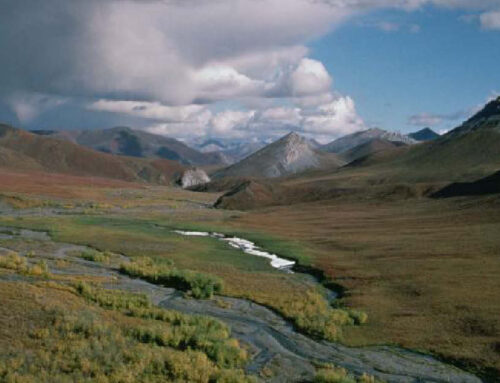A recent report from the Government Accountability Office (GAO), a nonpartisan congressional watchdog, highlights how incomplete data and resource constraints have hampered the Department of the Interior’s (DOI) ability to accurately collect royalty revenue from oil and gas development on federal land.
Royalties from oil and gas production on federal lands represent a significant source of federal revenue. The federal onshore subsurface mineral estate spans roughly 700 million acres of taxpayer-owned resources, including oil and natural gas. To develop these resources, the DOI’s Bureau of Land Management leases parcels of land to private oil and gas operators. As of the end of fiscal year 2023, approximately 23.7 million acres of federal land were leased for oil and gas development.
Operators leasing federal lands are required to pay a percentage of the value of the oil and natural gas they bring to market, known as a royalty. Royalty rates on federal land are set at either 12.5% or 16.7% (the rate was recently increased to 16.7% for new leases issued after June 22, 2024), while rates in federal waters range from 12.5% to 18.75%. The revenue is split between the federal government and the states where the resources are extracted.
Royalty revenue is the primary source of revenue from the federal leasing system, surpassing other fees like lease auctions bids and rent paid on non-producing land. The DOI’s Office of Natural Resources Revenue (ONRR) collected $74 billion in royalties from federal oil and gas leases between 2012 and 2022.
Oil and gas operators self-report their production, sales, and royalties owed to ONRR. To ensure accuracy, ONRR’s compliance program includes three elements: audits, compliance reviews (limited checks on the accuracy of self-reported data), and data mining (which identifies obvious data errors). From 2012 to 2022, ONRR audited 44% of companies that paid royalties. Its compliance activities collected an additional $600 million in revenue, recovering an average of $466,628 per audit and $115,746 per compliance review.
However, in a report released in September 2024, the GAO identified shortcomings in ONRR’s compliance program. It found that ONRR does not have complete data on royalty violations. In examining ONRR’s compliance data, the GAO found multiple instances where violations were not reported, including one compliance review that resulted in a collection of over $11.7 million in unpaid royalties.
The GAO also found that ONRR lacks a “single, consistent, and complete dataset” within its compliance data systems. Data from ONRR’s previous compliance system platform was not transferred to the new system due to “data integrity challenges,” according to some ONRR officials. Furthermore, ONRR’s compliance data system does not align with its royalty data system, making it difficult to verify consistency and accuracy across systems. The absence of complete data, along with the inability to compare data across different systems, prevents ONRR from accurately assessing historical compliance trends and refining the models used to select what companies to audit.
Additionally, we do not know the exact amount of money that should have been collected from oil and gas development on federal land over the last decade. The last time ONRR estimated the royalty gap—the difference between the payments collected and what should have been collected—was in 2011, and it has not made any attempt to estimate the gap since. In its report, the GAO tried to estimate a more recent royalty gap but was “unable to do so due to limitations with ONRR’s data.” The GAO recommended that ONRR periodically estimate a royalty gap to “inform decision-making and strategic planning of compliance efforts.”
ONRR’s compliance program is essential for ensuring taxpayers receive a fair return on the development of federally owned oil and gas resources. As the GAO reports, “if the agency could improve its royalty collections by even one percent, it could increase royalties collected by tens of millions of dollars per year.” Improving oversight of ONRR’s royalty collection would prevent fraud and generate additional revenue for federal and state taxpayers.











Get Social